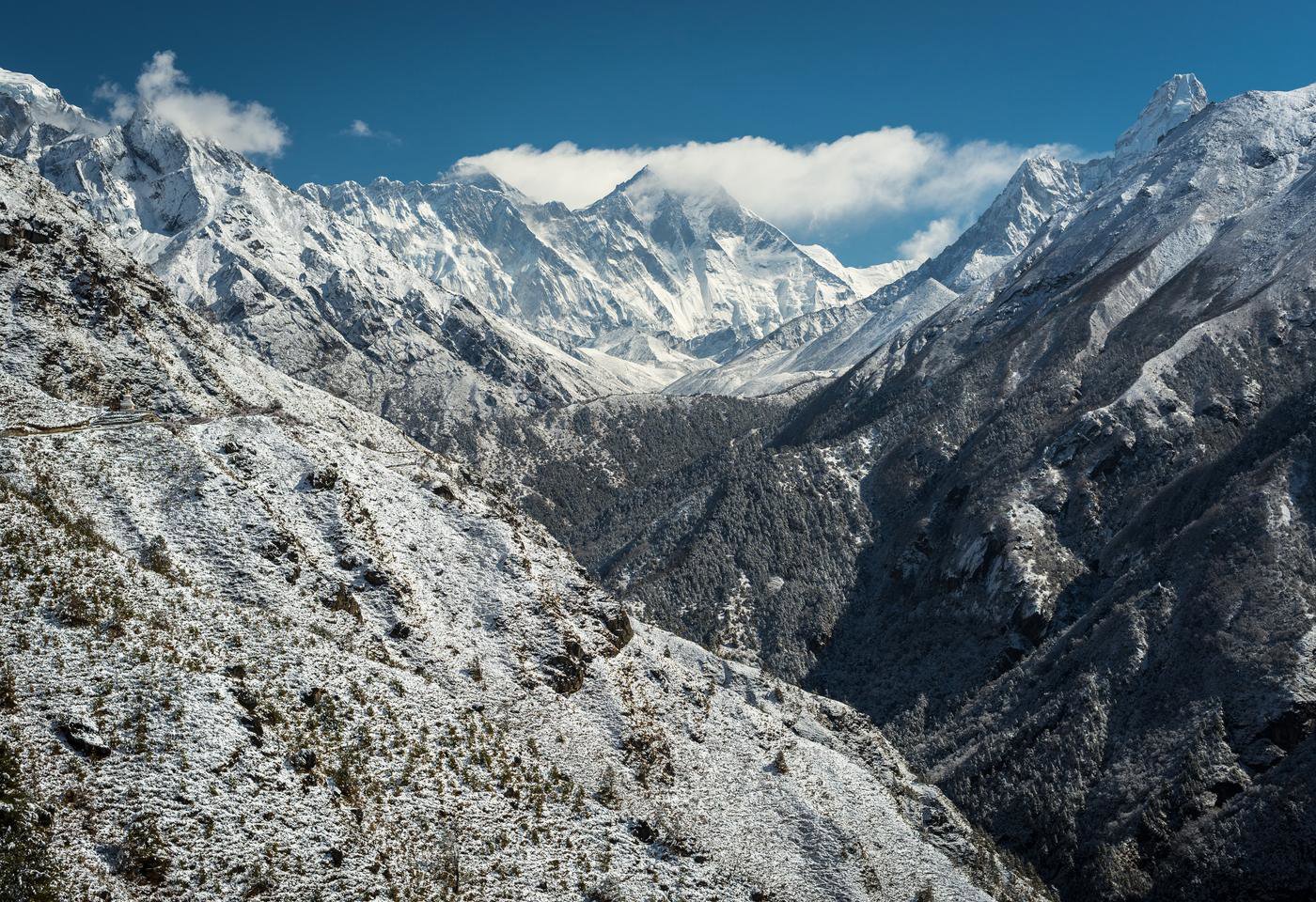A big weight and a very, very deep hole. The team behind Gravitricity think they have found a solution to a serious problem with renewable energy. As we rely increasingly on wind and solar energy the risk rises of the lights going out when the wind doesn't blow and the sun doesn't shine. We can solve the problem with energy storage but batteries are expensive and don't last very long.
As Tom Heap and Tamsin Edwards hear, the answer could lie with a deceptively simple pulley system. Put an enormous weight at the bottom of a mineshaft. When you have lots of wind or sun, use the electricity to pull the weight to the surface. When you're short of power, release it and send a huge surge of energy back into the grid.
What our experts say
We asked Society Fellows Professor Stephen Peake from the Open University and Dr Hugh Hunt from the University of Cambridge to offer some observations on the potential of maximising the use of solar and wind energy for electricity generation by using energy storage systems in reducing carbon emissions. Their points take some of the themes of the programme a step further.
What are the limiting factors?
 Dr Hugh Hunt
Dr Hugh Hunt
Caution is required to not invest too much faith into technologies that don’t exist yet at scale and may not work everywhere. For example, Gravitricity would not work in places with strong and steady sun (e.g., deserts) which don’t have mountains with lots of water for pump storage.
 Professor Stephen Peake
Professor Stephen Peake
-
Availability of mines
-
Can the mine shaft hauling technology work for the greater forces that may be required?
What are the co-benefits?
 Professor Stephen Peake
Professor Stephen Peake
All the co-benefits of any kind of flexibility technologies - the ability to put more renewables on the grid and balance it against more scenarios.
Are there any potential negative impacts of this idea?
 Dr Hugh Hunt
Dr Hugh Hunt
The embodied carbon of such a scheme will take a long time to recover because the energy stored per kilogram is so very small - 1/10000 of what can be stored in a battery.
 Professor Stephen Peake
Professor Stephen Peake
Spending money on saving electricity: demand-side responses would be far more elegant and has a much lower life cycle carbon dioxide footprint in comparison.
Further reading
En:former (2020) It’s an up and down game: gravity as a source of energy
Graviticity (2020) Graviticity – Energy Storage Made Easier for a Renewable Future
Natu, P. Nadkar, S. and Badgujar, A. (2015) Generation of Electricity using Gravity, IAEME
Toubeau, J. et al. (2020) Sizing of underwater gravity storage with solid weights participating in electricity markets, Electrical Energy Systems, 30 (10)
About the series
39 Ways to Save the Planet is a new radio series by BBC Radio 4 developed in partnership with the Society and broadcast in 2021. It showcases 39 ideas to relieve the stress that climate change is placing on the Earth. In each 15 minute episode Tom Heap and Dr Tamsin Edwards meet the people behind a fresh and fascinating idea to cut the carbon.
Over the course of 2021, the Society will be producing events and digital content to accompany the series.
Episode 25: Big drop energy

Featured card image: BBC
Featured banner image: Mishaini/Adobe Stock

